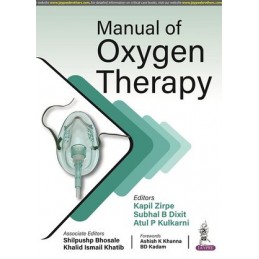- Reduced price

Order to parcel locker

easy pay


 Delivery policy
Delivery policy
Choose Paczkomat Inpost, Orlen Paczka, DHL, DPD or Poczta Polska. Click for more details
 Security policy
Security policy
Pay with a quick bank transfer, payment card or cash on delivery. Click for more details
 Return policy
Return policy
If you are a consumer, you can return the goods within 14 days. Click for more details
Oxygen therapy is a treatment that provides a patient with extra oxygen to breathe in. It is also called supplemental oxygen. It is only available through a prescription from a health care provider. Patients may receive it in hospital, another medical setting, or at home. Some people only need it for a short period of time. Others will need long-term oxygen therapy.
There are different types of devices that can provide oxygen. Some use tanks of liquid or gas oxygen. Others use an oxygen concentrator, which pulls oxygen out of the air. The oxygen is administered through a nose tube (cannula), a mask, or a tent. The extra oxygen is breathed in along with normal air.
This book is a concise guide to oxygen therapy for clinicians and trainees.
Divided into four sections the text begins with an overview of the basic facts of oxygen, describing the different types and their individual uses in clinical therapy.
Section two discusses the physiology and monitoring of oxygen therapy, and section three covers different devices and delivery systems, and oxygen toxicity (lung damage from breathing in too much extra oxygen).
The final section examines oxygen targets in disease specifics, how the therapy works, and the effects of hypoxia (low oxygen levels in body tissues) and hypoxemia (low oxygen levels in the blood).
Data sheet
Section 1:: Basic Facts of Oxygen
Section 2:: Physiology & Monitoring of Oxygen Therapy
Section 3:: Oxygen Delivery Systems for the Individual Patients
Section 4::Oxygen Targets
